Supportive Regulatory Frameworks
Supportive regulatory frameworks are playing a crucial role in the advancement of the Pulmonary Drug Delivery System Market. Regulatory bodies are increasingly recognizing the importance of innovative drug delivery systems and are streamlining approval processes to facilitate market entry. This is particularly evident in the approval of new inhalation therapies and devices that meet stringent safety and efficacy standards. The U.S. Food and Drug Administration has implemented initiatives to expedite the review of novel pulmonary drug delivery systems, which encourages pharmaceutical companies to invest in research and development. As a result, the market is witnessing a surge in new product launches, which is expected to enhance competition and drive growth within the Pulmonary Drug Delivery System Market.
Increased Focus on Personalized Medicine
The shift towards personalized medicine is reshaping the Pulmonary Drug Delivery System Market. As healthcare moves away from a one-size-fits-all approach, there is a growing emphasis on tailoring treatments to individual patient needs. This trend is particularly relevant in the context of respiratory diseases, where genetic and environmental factors can significantly influence treatment responses. The development of personalized inhalation therapies, which consider patient-specific characteristics, is gaining traction. Market analysts suggest that this focus on customization could lead to more effective management of respiratory conditions, thereby driving demand for advanced pulmonary drug delivery systems. The potential for personalized medicine to enhance therapeutic outcomes positions the Pulmonary Drug Delivery System Market for robust growth in the foreseeable future.
Rising Prevalence of Respiratory Diseases
The increasing incidence of respiratory diseases such as asthma and chronic obstructive pulmonary disease (COPD) is a primary driver for the Pulmonary Drug Delivery System Market. According to recent data, respiratory diseases affect millions of individuals worldwide, leading to a heightened demand for effective treatment options. The World Health Organization has reported that COPD is projected to become the third leading cause of death by 2030. This alarming trend necessitates innovative drug delivery systems that can provide targeted therapy directly to the lungs, thereby improving patient outcomes. As healthcare providers seek to enhance the management of these conditions, the Pulmonary Drug Delivery System Market is likely to experience substantial growth, driven by the need for more efficient and effective therapeutic solutions.
Technological Innovations in Drug Delivery
Technological advancements in drug delivery systems are significantly influencing the Pulmonary Drug Delivery System Market. Innovations such as nebulizers, metered-dose inhalers, and dry powder inhalers have revolutionized the way medications are administered to patients with respiratory conditions. These technologies enhance the bioavailability of drugs, ensuring that a higher percentage reaches the target site in the lungs. Furthermore, the integration of smart inhalers equipped with digital health technologies is emerging as a trend, allowing for better patient adherence and monitoring. The market for smart inhalers is expected to grow substantially, with projections indicating a compound annual growth rate of over 20% in the coming years. Such advancements not only improve treatment efficacy but also contribute to the overall expansion of the Pulmonary Drug Delivery System Market.
Growing Demand for Home Healthcare Solutions
The rising demand for home healthcare solutions is significantly impacting the Pulmonary Drug Delivery System Market. As patients increasingly prefer to manage their health conditions at home, there is a corresponding need for user-friendly and effective drug delivery systems. Devices such as portable nebulizers and inhalers are becoming essential tools for patients with chronic respiratory diseases, allowing them to administer treatments conveniently. Market Research Future indicates that the home healthcare market is projected to grow at a compound annual growth rate of over 10% in the coming years. This trend is likely to drive innovation in pulmonary drug delivery systems, as manufacturers strive to develop products that cater to the needs of home-based patients. Consequently, the Pulmonary Drug Delivery System Market is poised for growth as it adapts to this evolving landscape.




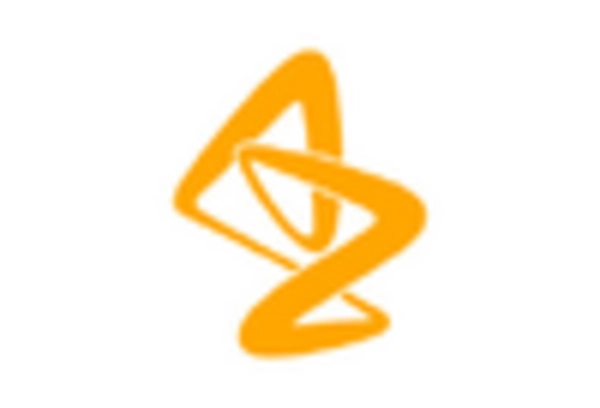
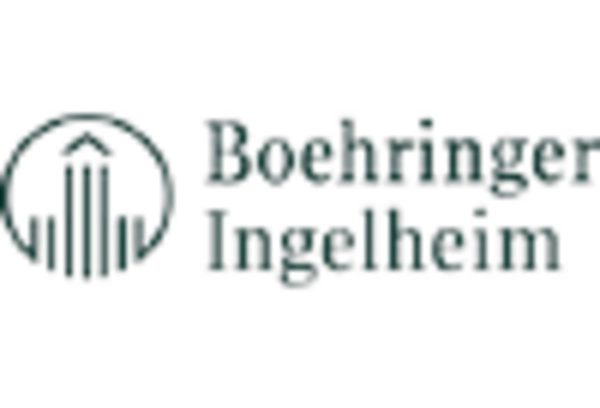
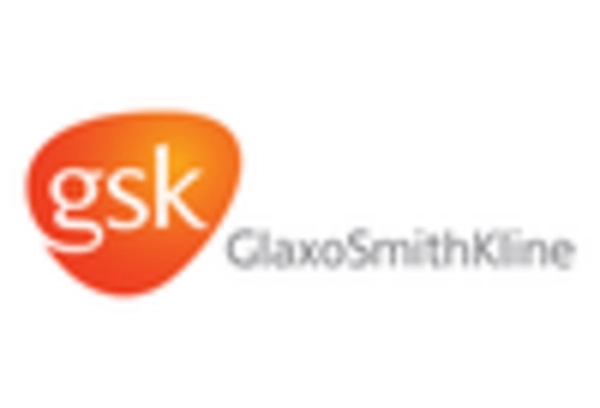
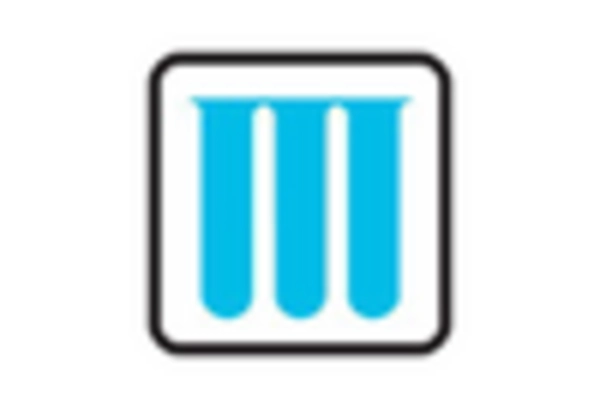
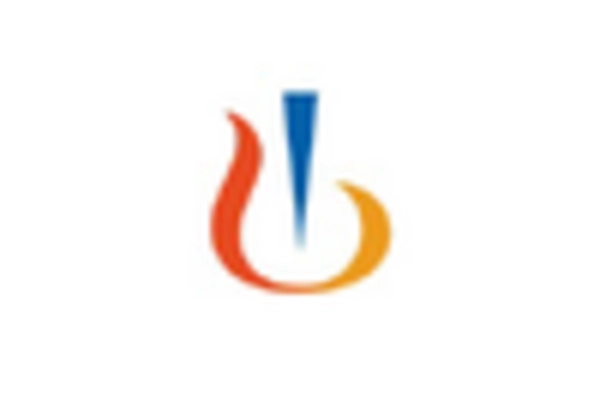
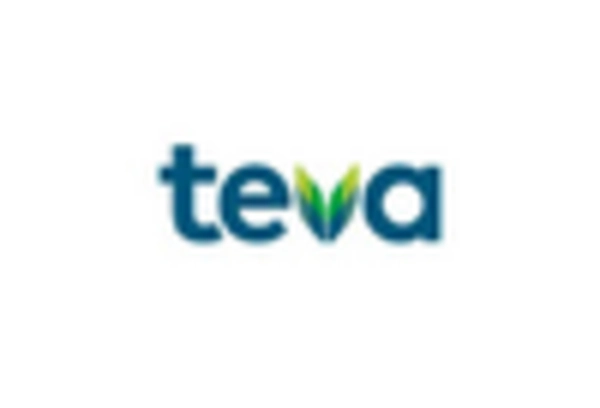








Leave a Comment